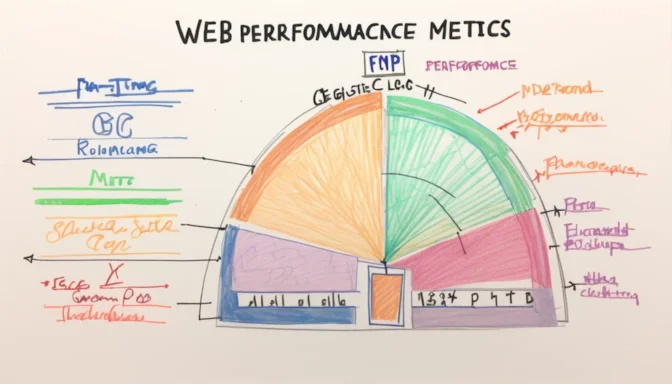What is First Meaningful Contentful Paint?
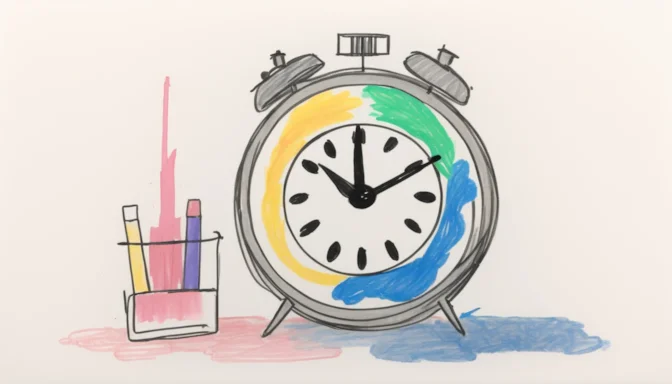
First Meaningful Contentful Paint (FMP) is the time it takes for the most significant content of a web page to be rendered on the user's screen. This could be an article title, text, or a photo, indicating that the page is becoming useful to the visitor.
Difference Between First Contentful Paint and First Meaningful Paint
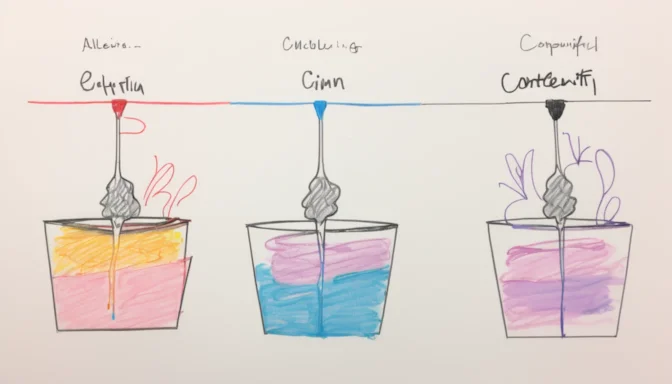
While First Contentful Paint (FCP) marks the initial rendering of any DOM content like text or images, First Meaningful Paint (FMP) focuses on the rendering of content that is most useful to the user, such as main text or images.
First Meaningful Paint in SEO
First Meaningful Paint (FMP) is a critical metric in SEO as it directly impacts the user experience. Google values FMP as it provides insights into the time it takes for main content to be visible to the user.
Understanding Largest Contentful Paint
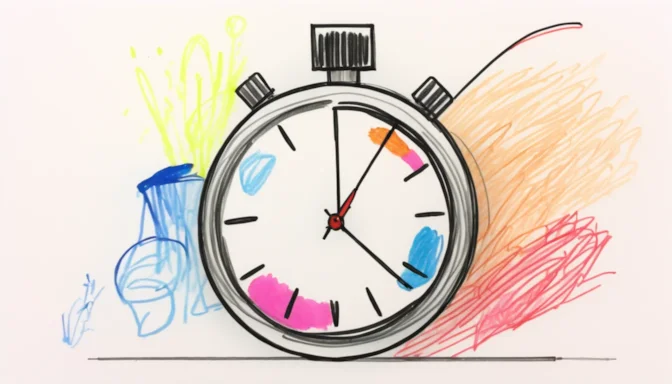
Largest Contentful Paint (LCP) is a metric that measures the time it takes for the largest visible content element to be displayed on the screen. It's crucial for gauging perceived load speed and user engagement.
What is a Good Value for First Contentful Paint?

A good FCP score is generally 1.8 seconds or less, as measured at the 75th percentile of page loads. This ensures a better user experience and is an important factor across both mobile and desktop devices.
LCP Versus FCP: What's the Difference?
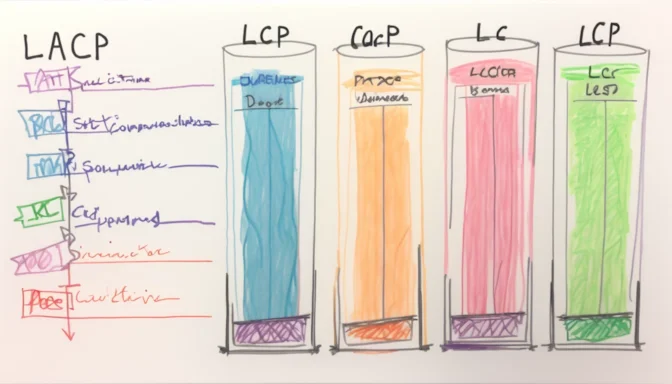
First Contentful Paint (FCP) measures the time for the first text or image-based element to appear, while Largest Contentful Paint (LCP) gauges the time it takes for the largest element to render. Both are critical for assessing page load performance.
Why is First Contentful Paint Important?

First Contentful Paint is crucial for assessing initial load performance. It assures users that something is happening on the page, thereby reducing the likelihood of them leaving to visit a faster website.
Time to Interactive vs First Contentful Paint

Time to Interactive (TTI) measures when a page is reliably ready for user interactivity post-First Contentful Paint (FCP). While FCP marks the initial content rendering, TTI provides a fuller picture of when a page becomes responsive.
 E-Commerceo
E-Commerceo
